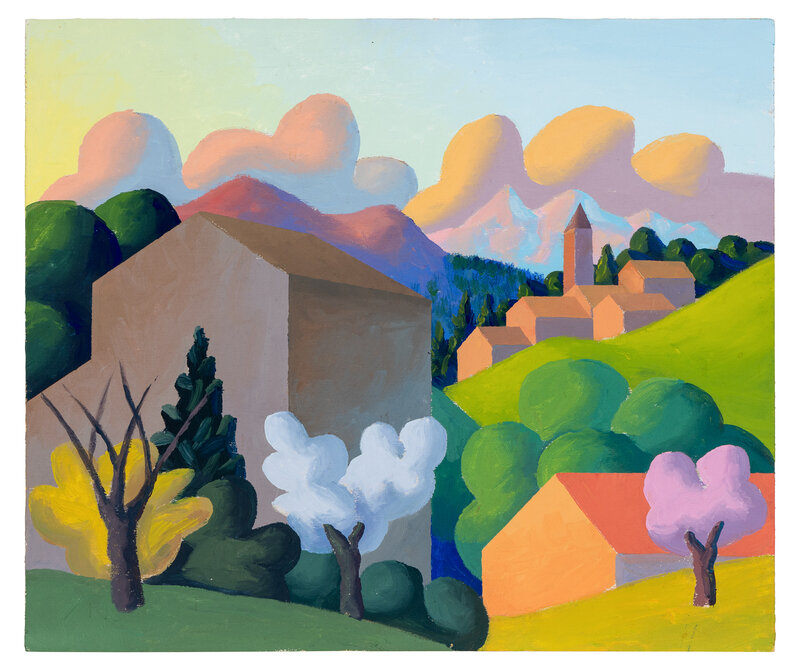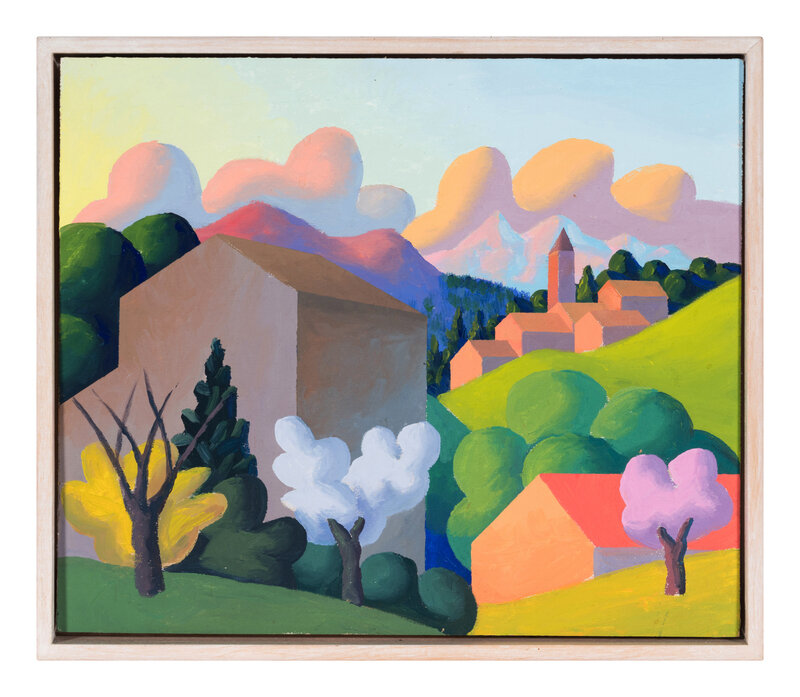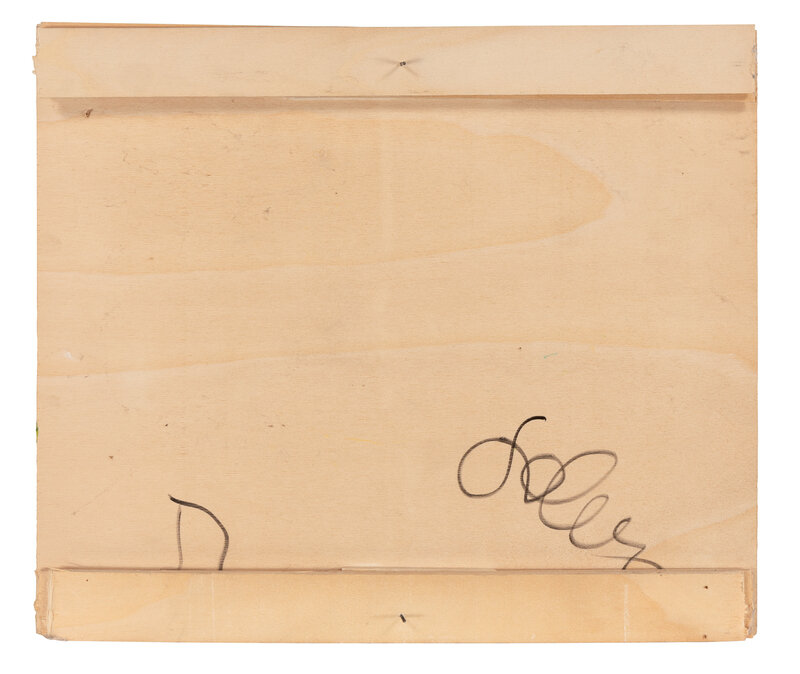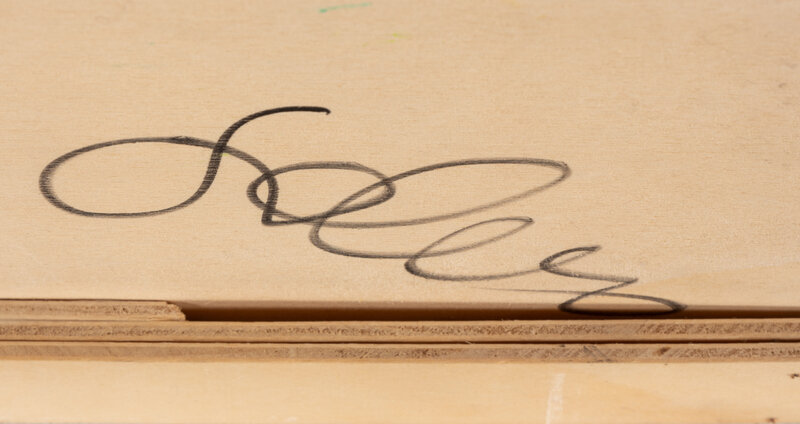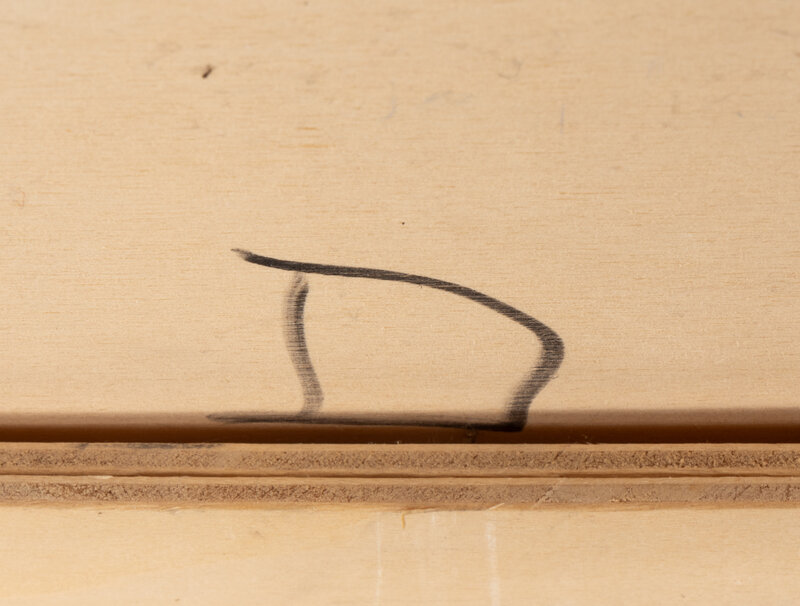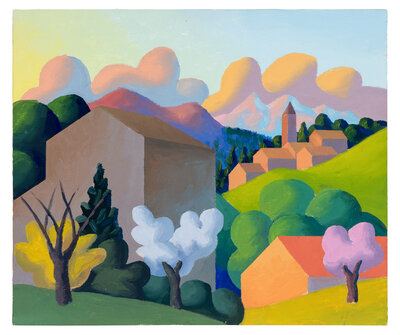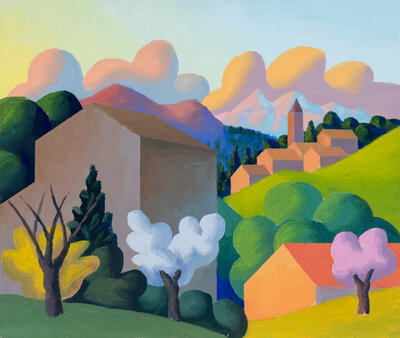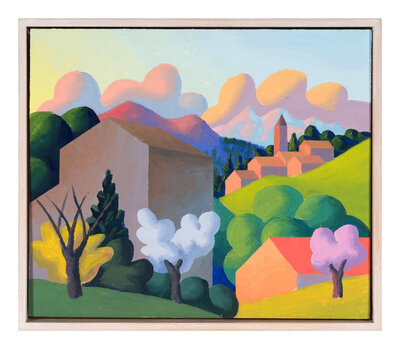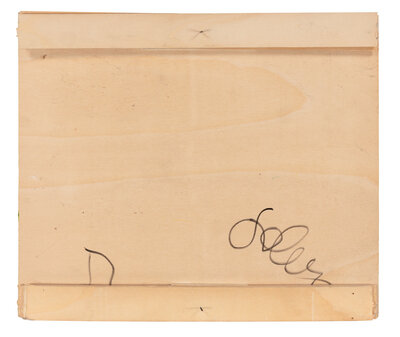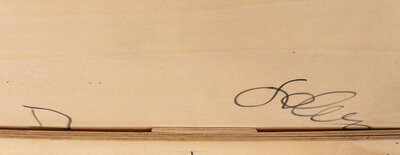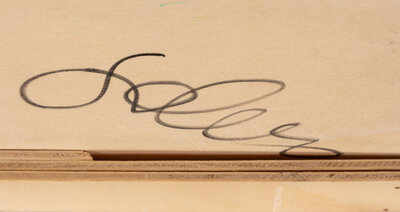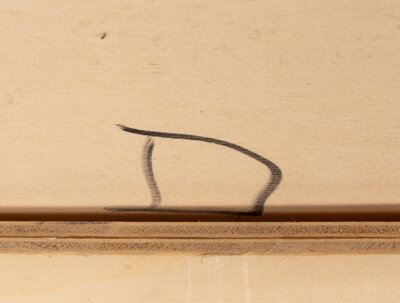Condition Report
Contact Information
Auction Specialist
Lot 2
Salvo
(Italian, 1947-2015)
Senza Titolo, 1997
Sale 2104 - Post War and Contemporary Art
Nov 14, 2024
10:00AM ET
Live / New York
Own a similar item?
Estimate
$50,000 -
70,000
Price Realized
$57,150
Sold prices are inclusive of Buyer’s Premium
Lot Description
Salvo
The Edward and Nancy Tepper Collection, Champaign, Illinois and New York, New York
(Italian, 1947-2015)
Senza Titolo, 1997
oil on board
signed Salvo (verso)
14 x 16 1/2 inches.
The Edward and Nancy Tepper Collection, Champaign, Illinois and New York, New York
